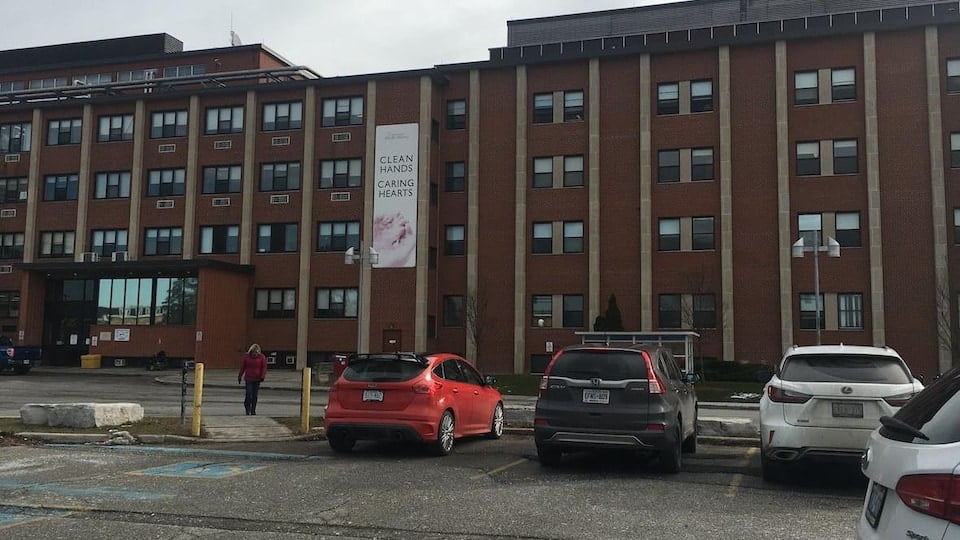The two plaintiffs making the claim are Katherine Gandy of Toronto and Emily Walker of Chatham.
They are represented by the law firm Waddell Phillips.
A class action lawsuit was also filed in Manitoba earlier this year by an Indigenous woman whose newborn baby was removed by police and social workers in 2019.
In an email, a spokeswoman for the Ministry of Children, Community and Social Services said she could not comment on a case that is or may be in court.
She recalled that this practice ceased in 2020 in Ontario, following a ministerial directive.
However, it has recently been reported that this practice will continue in some areas of the province, including Thunder Bay, according to an Aboriginal leader.
What is the birth alert system?
This system allowed social workers or nurses to issue an alert against a pregnant woman if they had doubts about the safety and well-being of the unborn child.
Very often, the social services then seize the child as soon as it is born to place it under the protection of the province.
This system has been criticized many times, including by the National Inquiry into Missing and Murdered Indigenous Women and Girls and the Truth and Reconciliation Commission.
The class action claim asserts that the SAE exceeded their child protection mandate by issuing birth alerts against pregnant people
can we read in the cabinet press release Waddell Phillips.
According to the law firm, the birth alerts were motivated by discriminatory assumptions.
He recalls that the CEO of the Ontario Association of Children’s Aid Societies once said: We know that in most cases, birth alerts cause harm.
It is also alleged in the proposed action that the government has been negligent in not ending the use of birth alerts for decades, causing significant harm to Ontario families.
People who were the subject of a birth alarm can contact the law firm to join the class action lawsuit.
Experiences traumatic
Katherine Gandy, an Indigenous woman, was the subject of a birth scare in 2016, after the birth of her third child.
These first two children were taken from her, because of her young age and her past as a victim of domestic violence.
Ms Gandy managed to prevent the removal of her third child, despite the enormous trauma she suffered, including the colonial, racist and illegal nature of the birth alert
can we read in the document presented to the court.
” Katherine suffered a gross violation of her dignity by being the subject of a birth scare. Her pregnancy and the birth of her third child were marred by fear and trauma. »
For her part, Emily Walker was the subject of two such alerts, in 2019 and 2020.
In 2018, she had filed a complaint with the police for assault, after she was allegedly assaulted by her partner while she was pregnant.
She was contacted by Chatham Children’s Aid Society, who have launched an investigation, saying her unborn child may be in need of protection.
Although the investigation did not show that Emily Walker was unable to care for her child, the SAE of Chatham issued a birth alert speculating that she might reconcile with her abuser.
Her children were taken away from her, due to the presence of the father.
She can only see them under the supervision of a CAS representative and suffers from depression, particularly as the pandemic has limited the number of visits possible.
Reference-ici.radio-canada.ca
